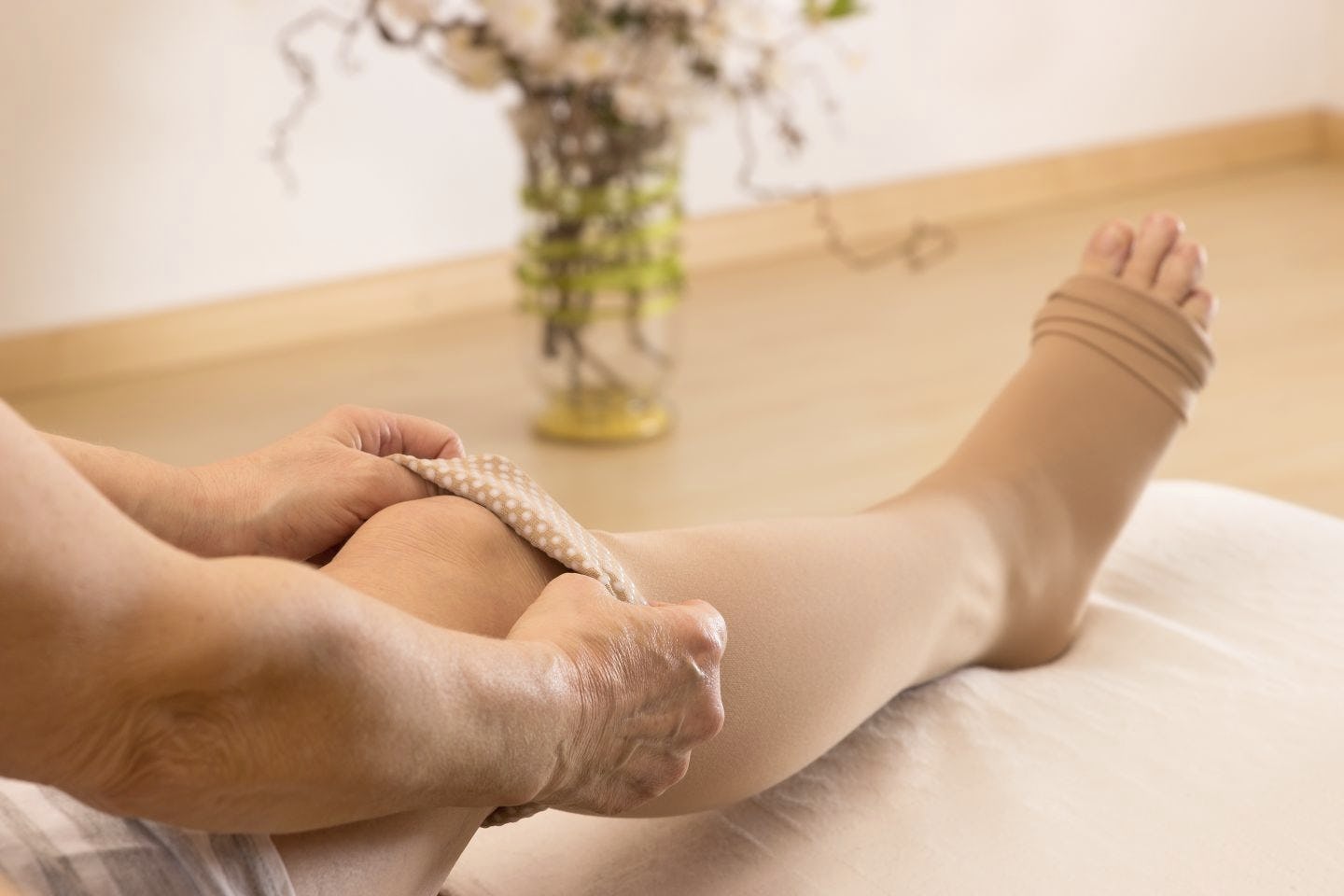
Cancer-related lymphedema is a common condition, particularly for people who have undergone surgery or radiation therapy for breast, gynecologic, or other cancers. It occurs when the lymphatic system is unable to properly drain fluid, leading to swelling, discomfort, and reduced mobility. Physical therapy plays a crucial role in managing and improving lymphedema symptoms.
Key Components of Physical Therapy for Lymphedema
- Manual Lymphatic Drainage (MLD):
-
A specialized, gentle massage technique that stimulates lymph flow and helps reduce swelling
-
Typically performed by a certified lymphedema therapist
- Compression Therapy:
-
Use of compression garments (sleeves, gloves, stockings, or bandages) to prevent fluid buildup and maintain limb size
-
Helps reduce swelling and prevents the condition from worsening
- Exercise and Movement Therapy:
-
Gentle, low-impact exercises to promote circulation and lymph drainage
-
Includes stretching, resistance training, and aerobic exercises such as walking or swimming
-
Helps restore strength, flexibility, and function in affected limbs
- Skin Care and Hygiene:
-
Prevents infections such as cellulitis, which can worsen lymphedema
-
Includes moisturizing, avoiding injuries (e.g., cuts, insect bites), and practicing good hygiene
- Benefits of Physical Therapy for Lymphedema:
-
Reduces swelling and discomfort
-
Improves mobility and range of motion
-
Enhances quality of life and daily function
-
Decreases risk of complications like infections
-
Empowers with self-care strategies to manage symptoms effectively
Those experiencing cancer-related lymphedema should seek care from a certified lymphedema therapist (CLT), typically found in oncology rehab centers or physical therapy clinics specializing in lymphedema management.
-
